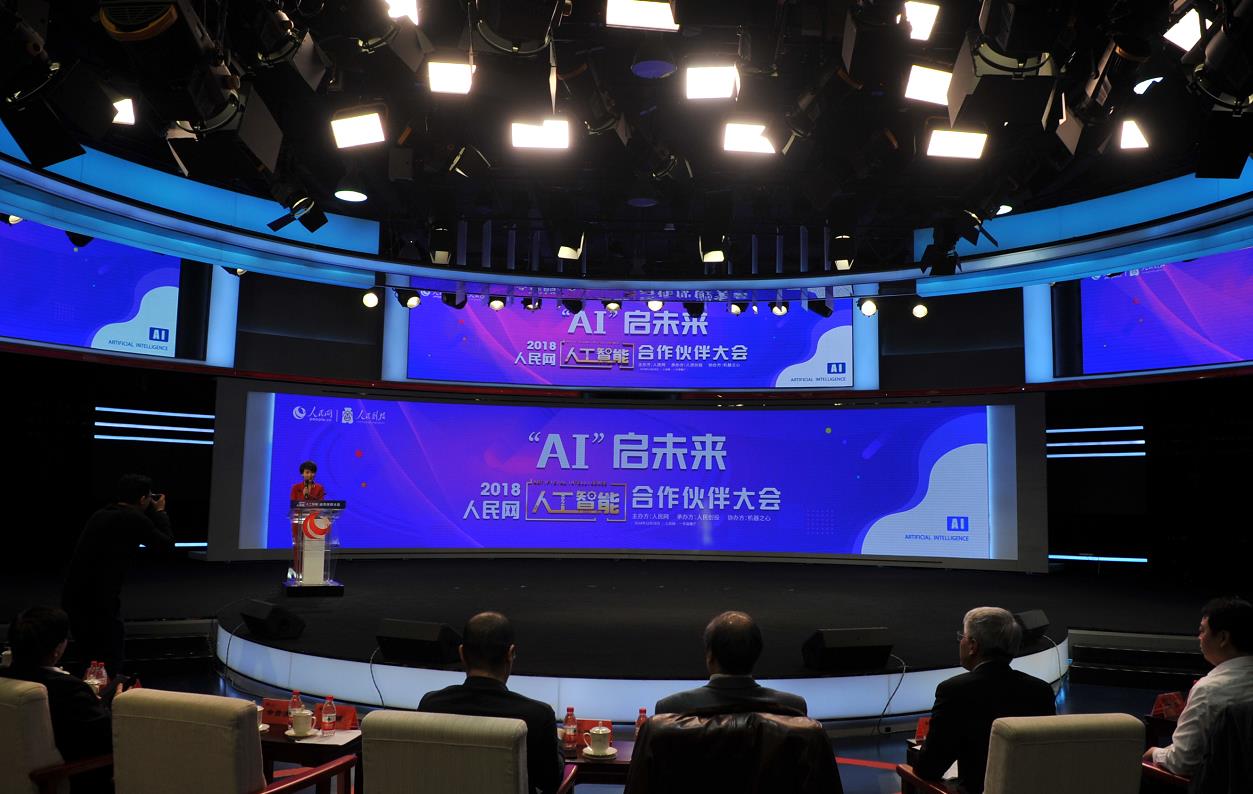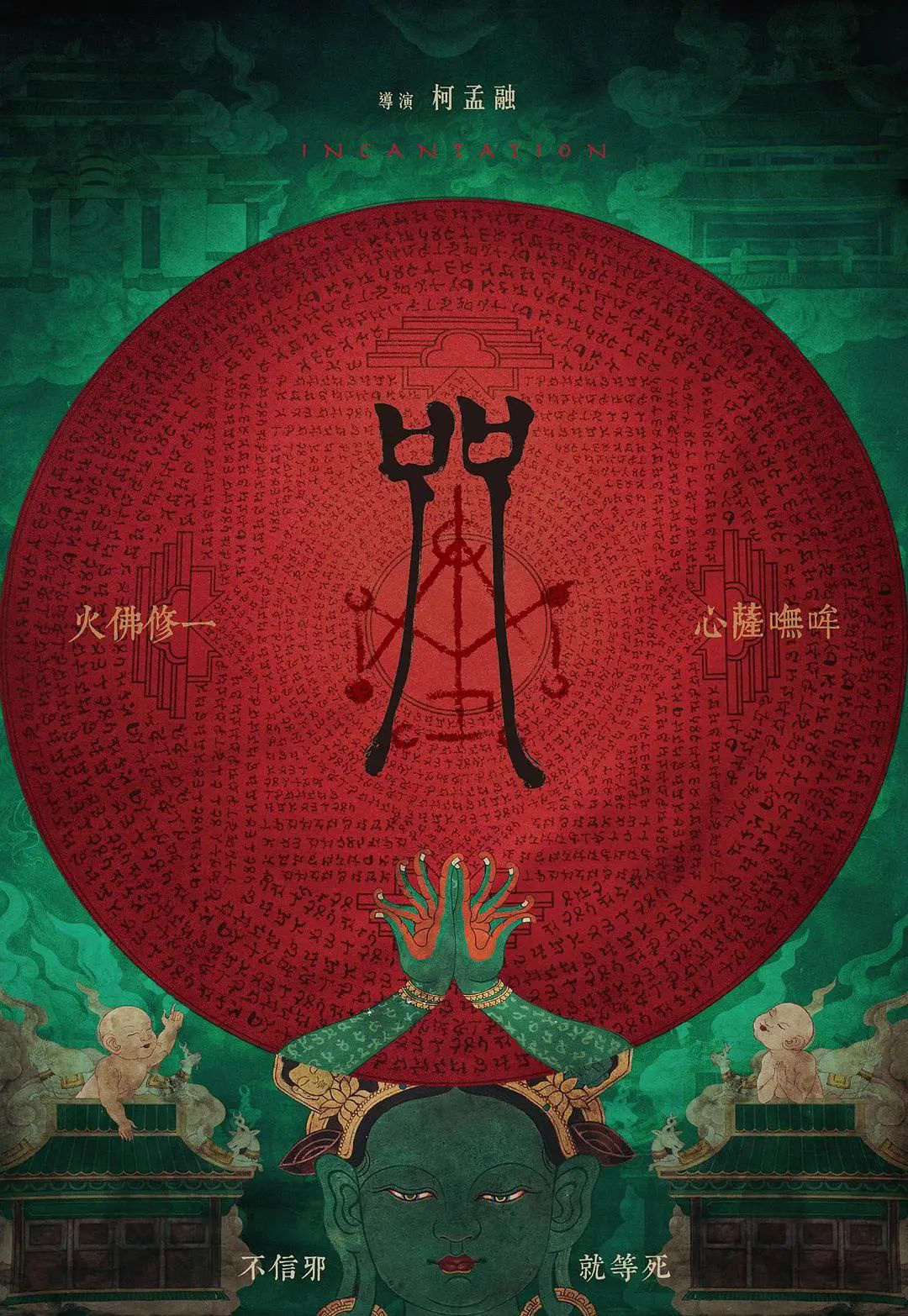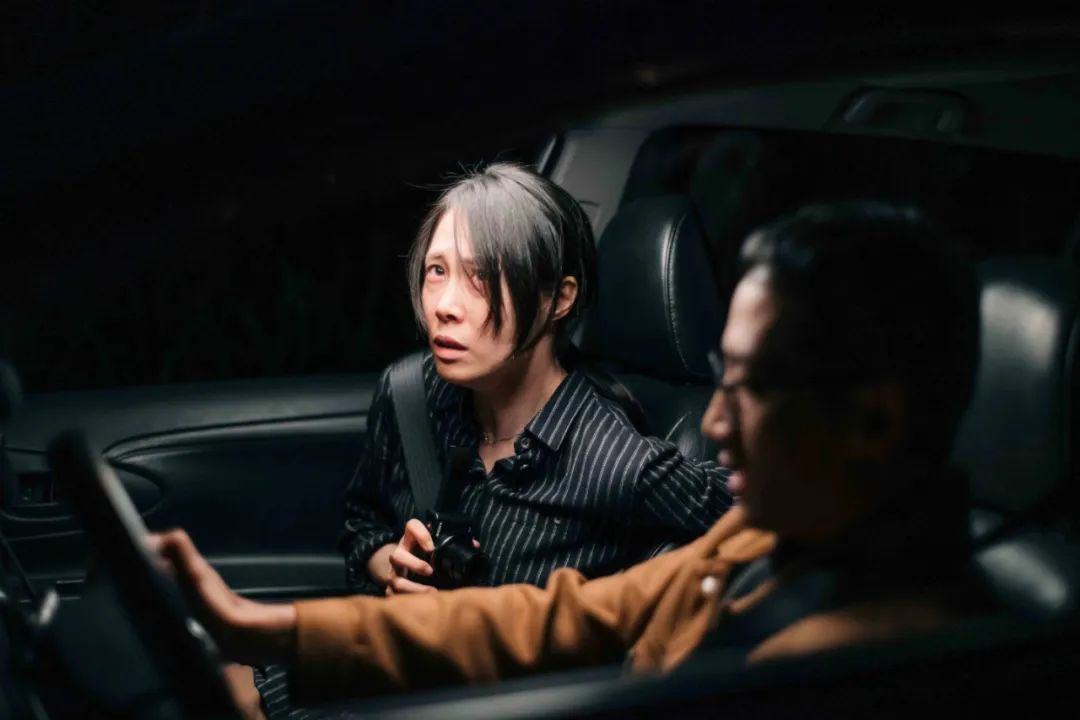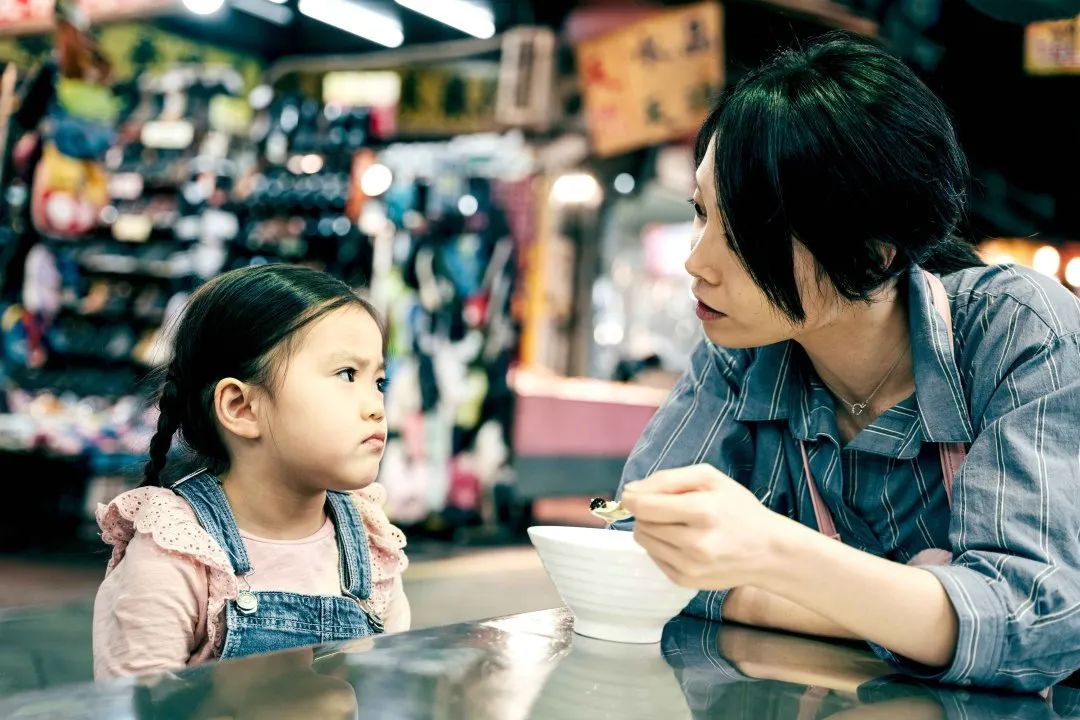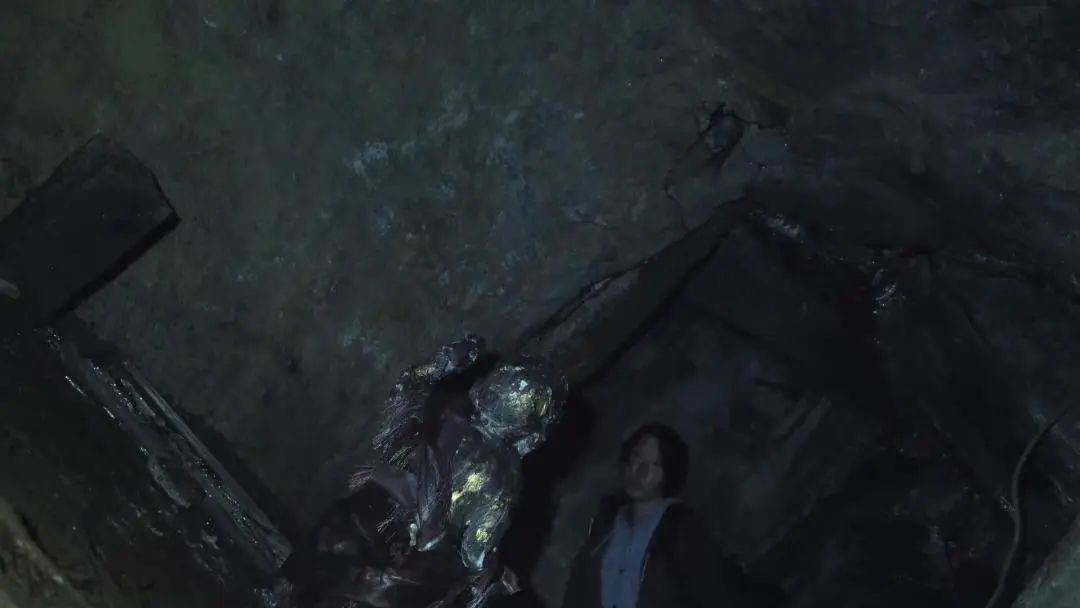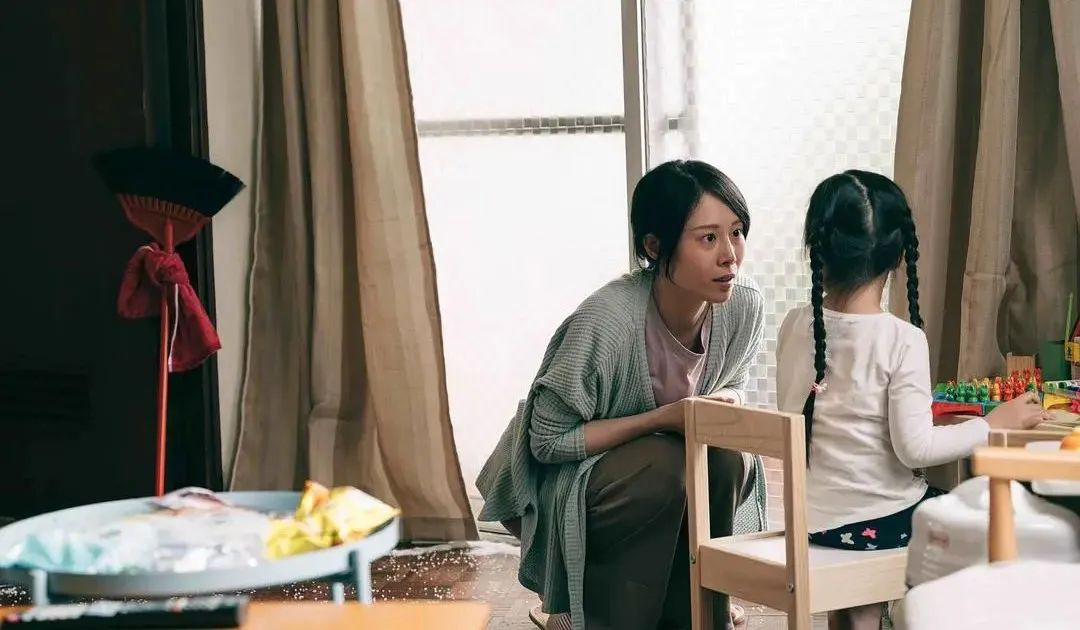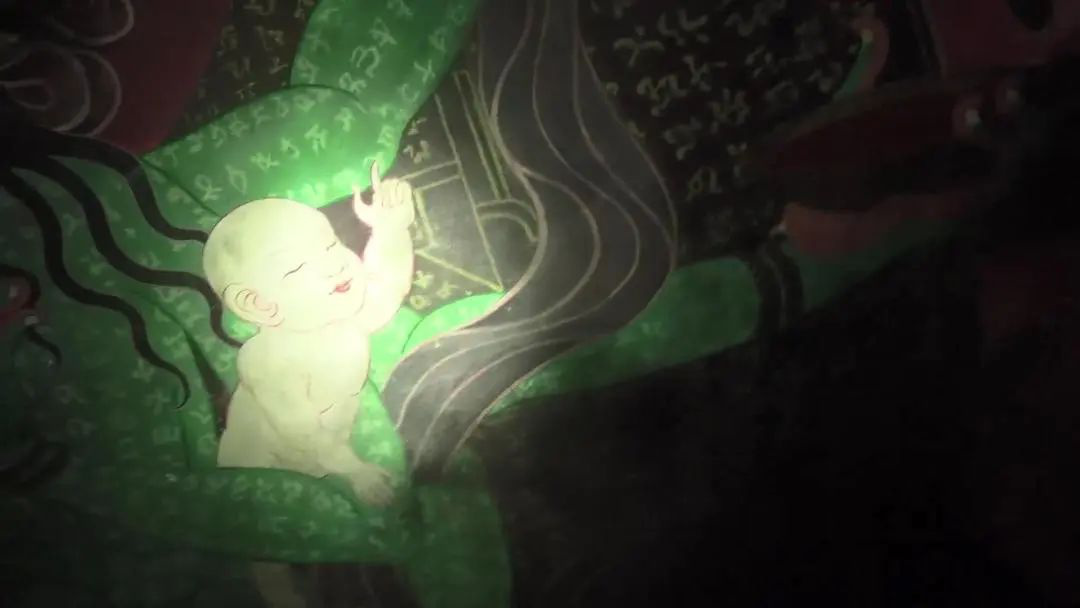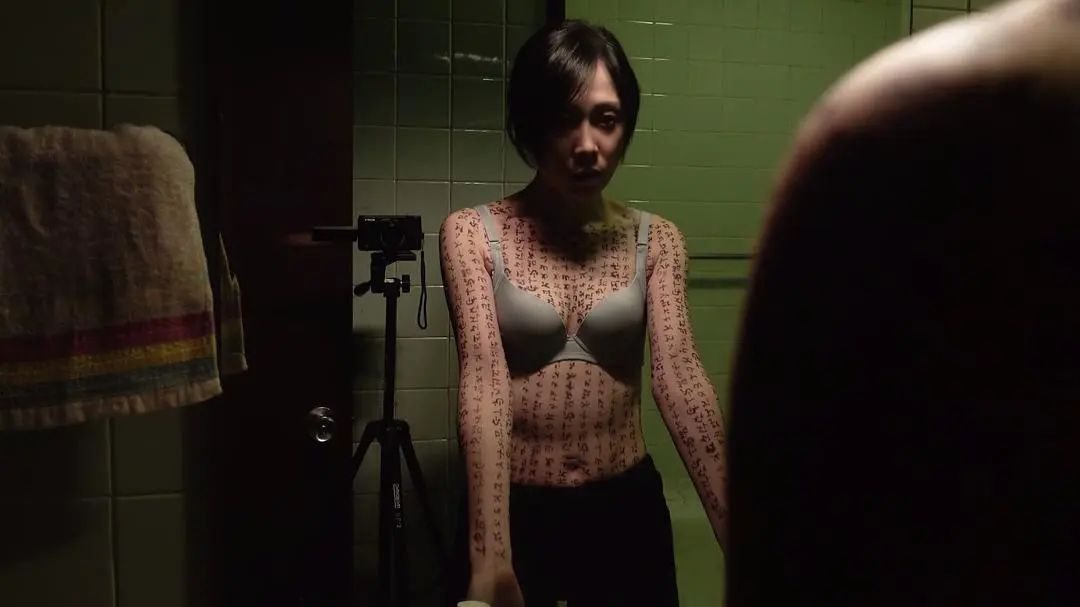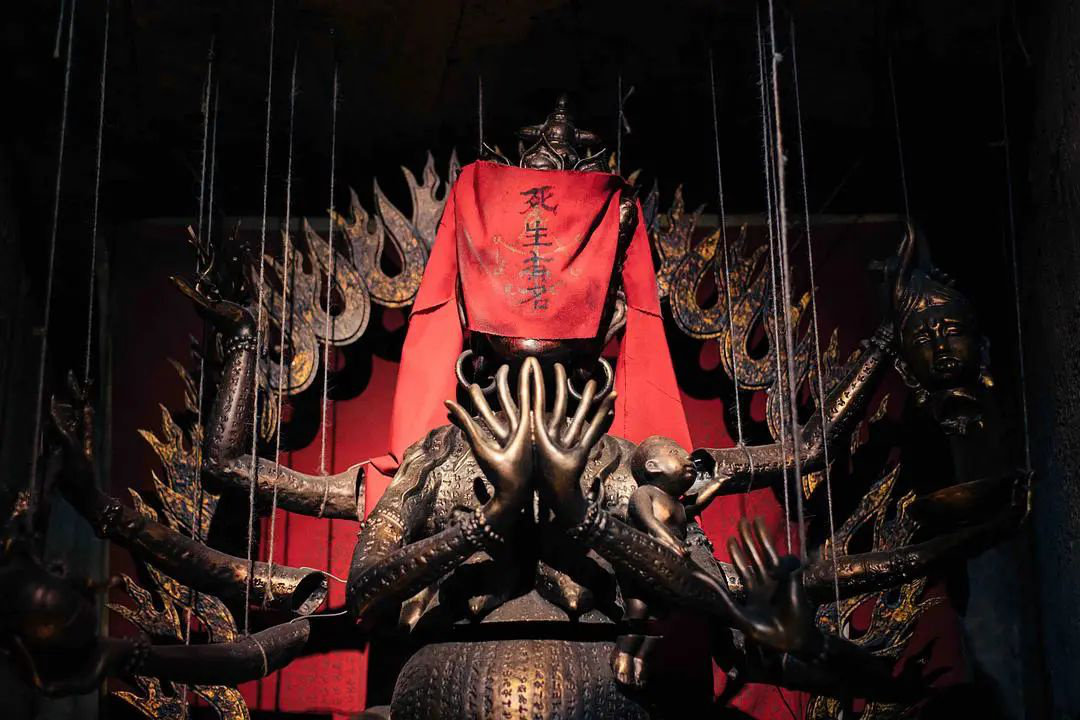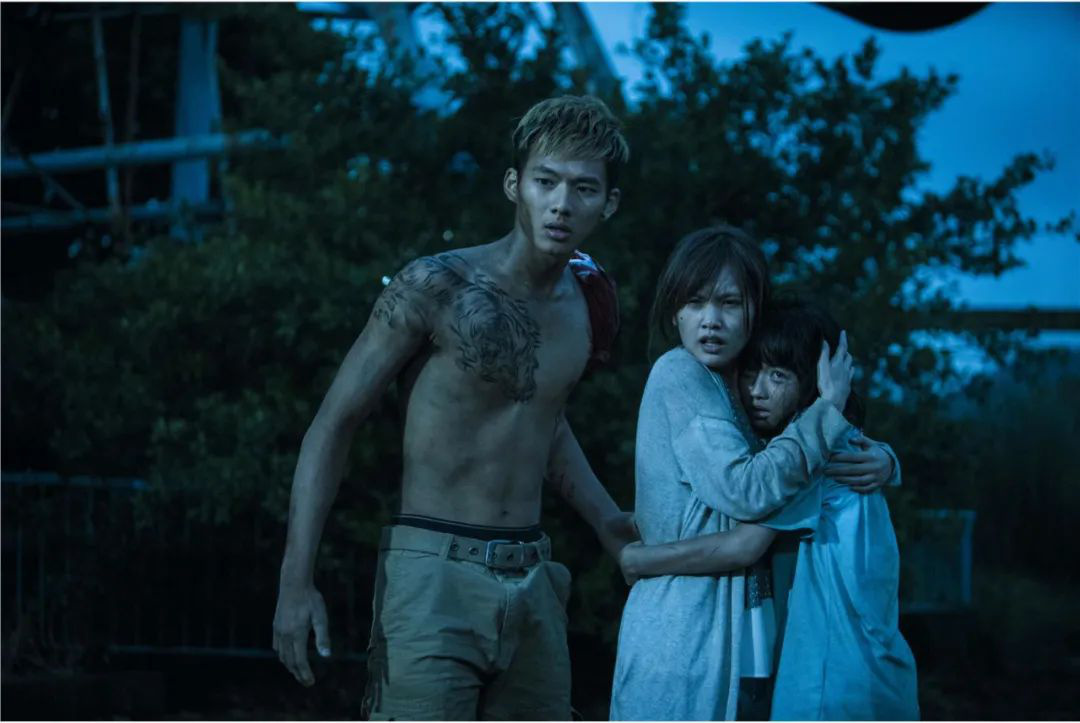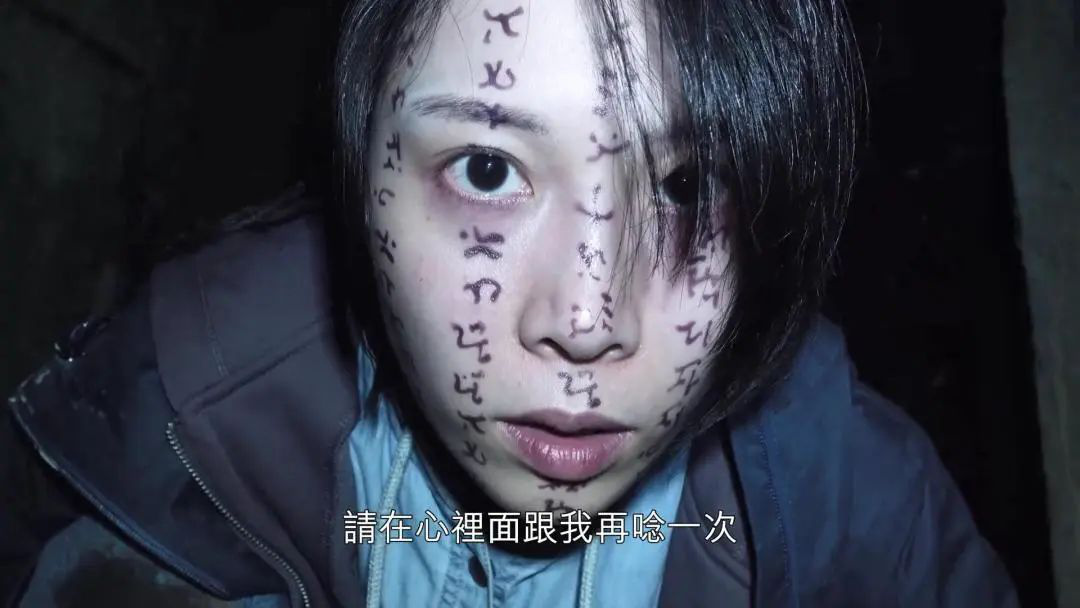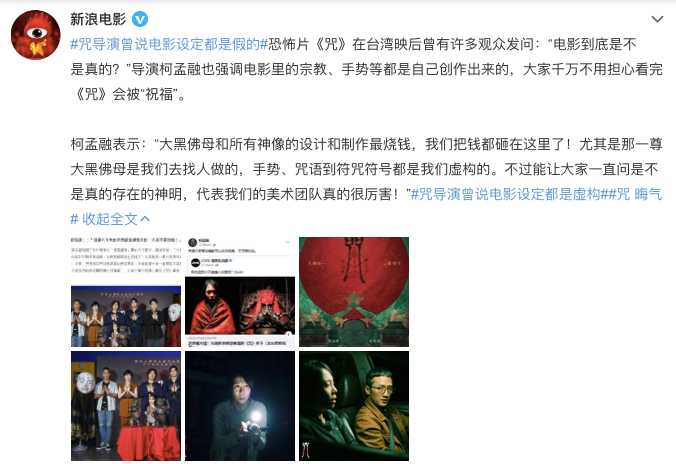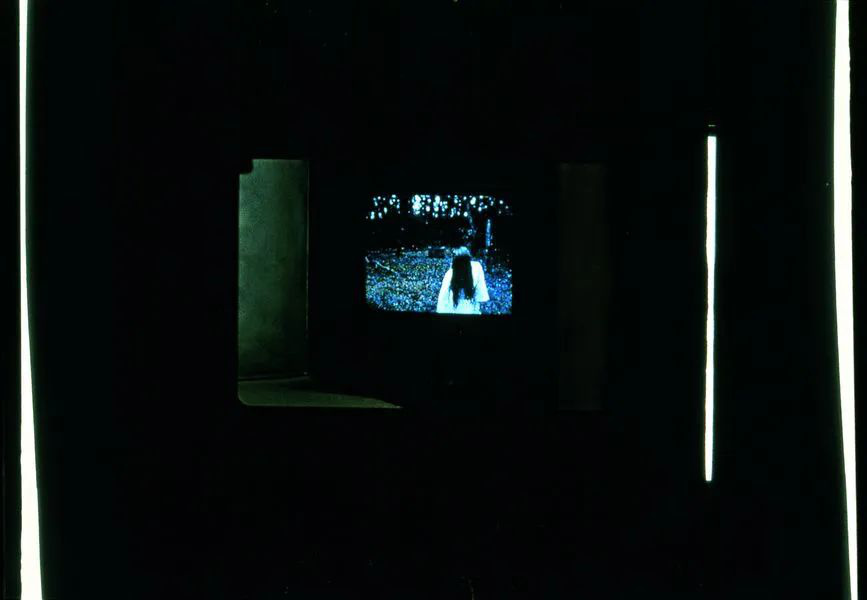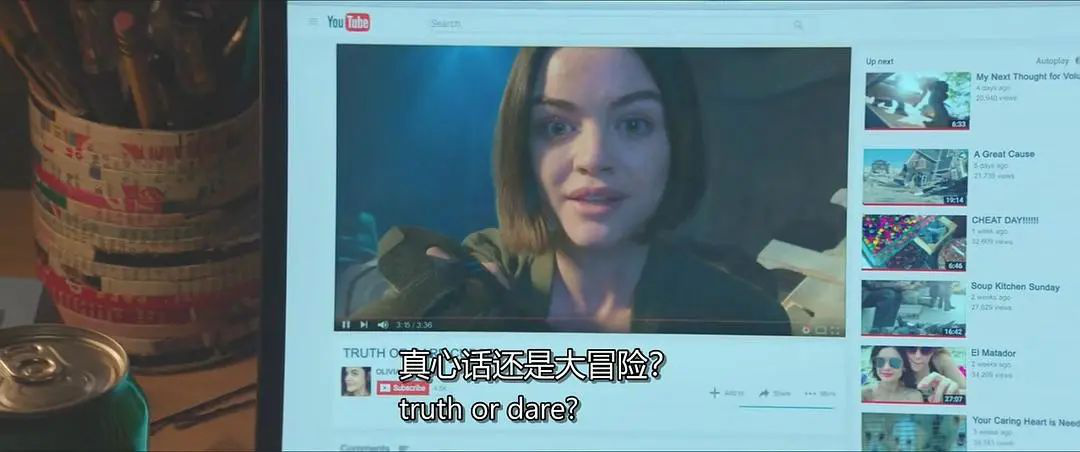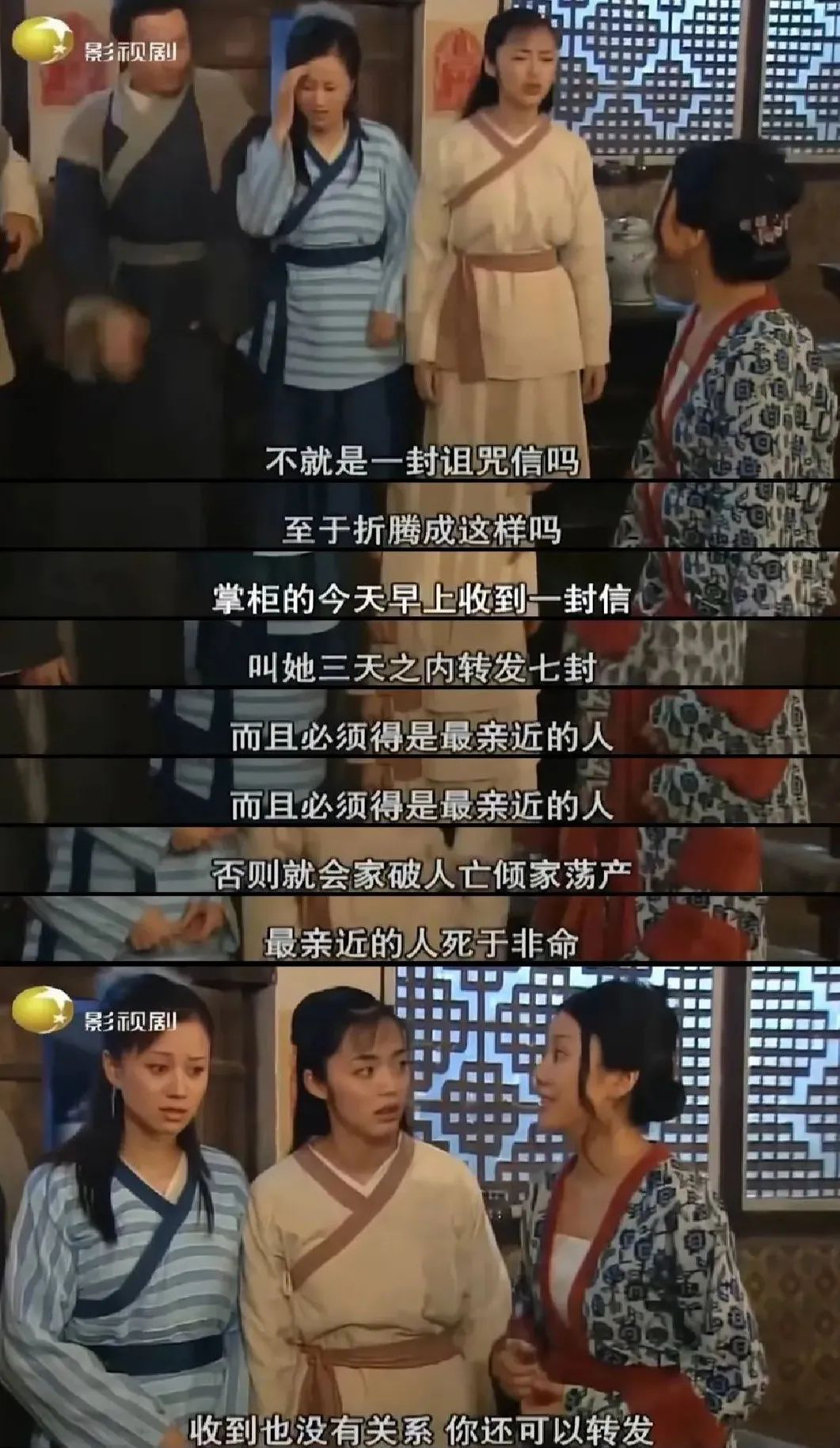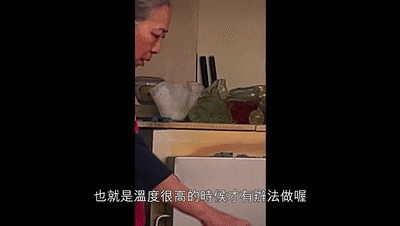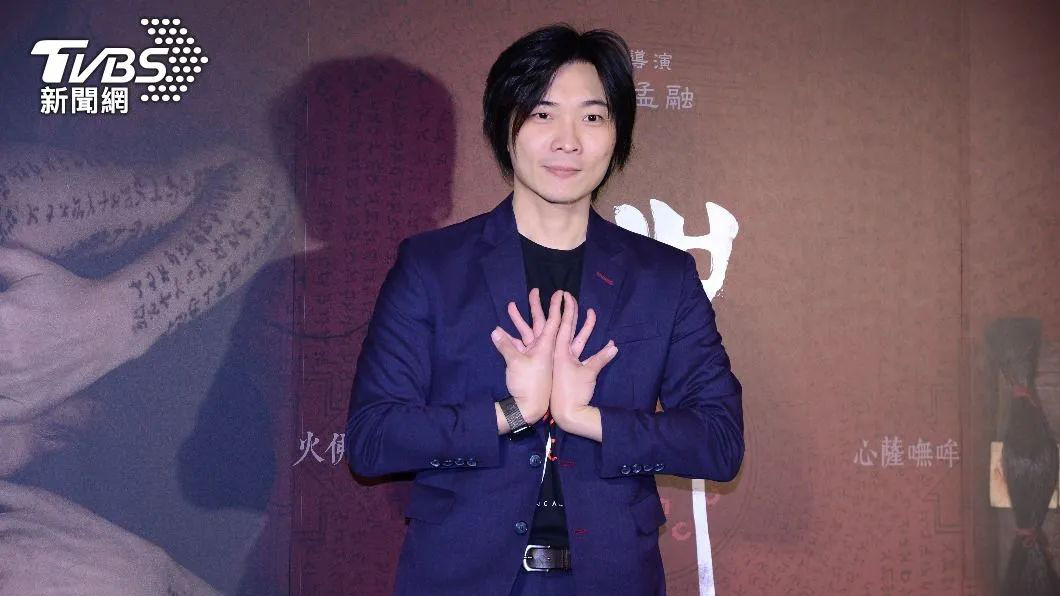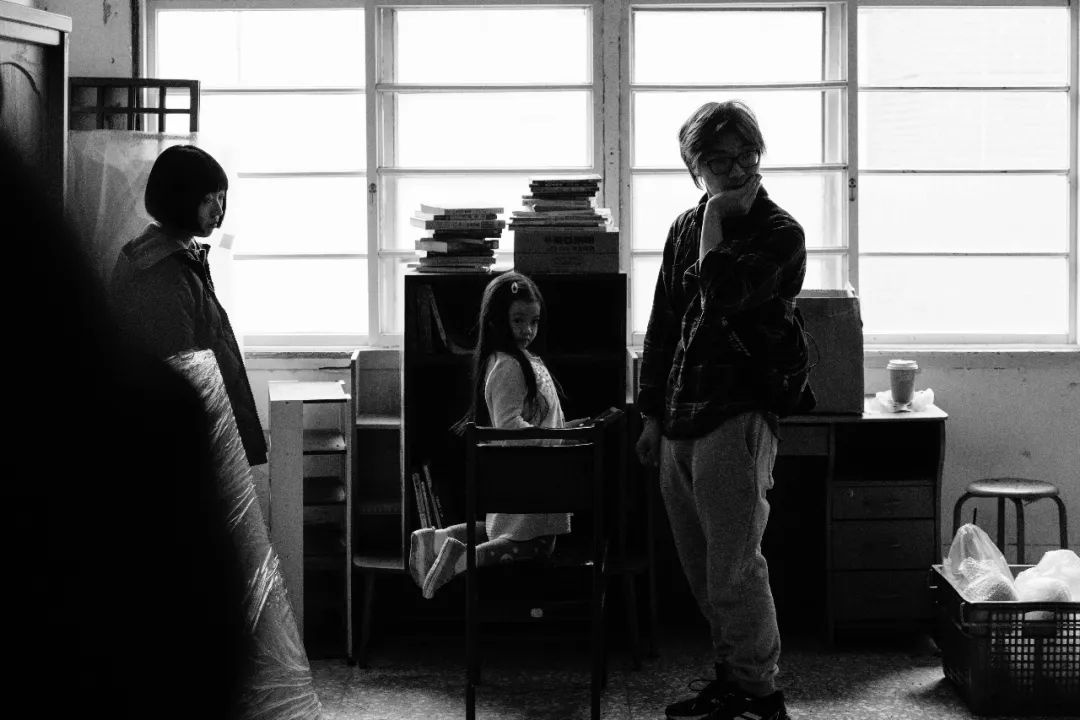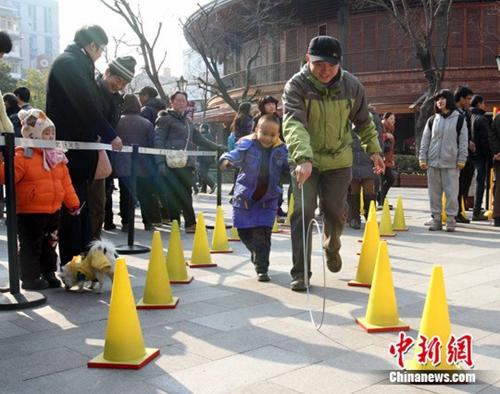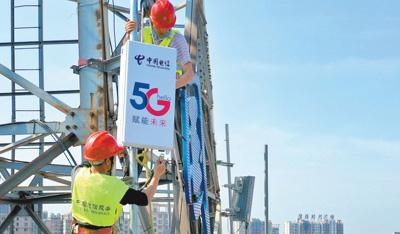Smart phone innovation is weak, and we once regarded folding screen mobile phone as a new breakthrough.
From Samsung’s Galaxy Fold to Huawei’s Mate X, as well as Motorola’s Razr, the folding screen mobile phone has gradually become a topic raised by major mobile phone manufacturers last year, and even revived the clamshell design that has been silent for many years.
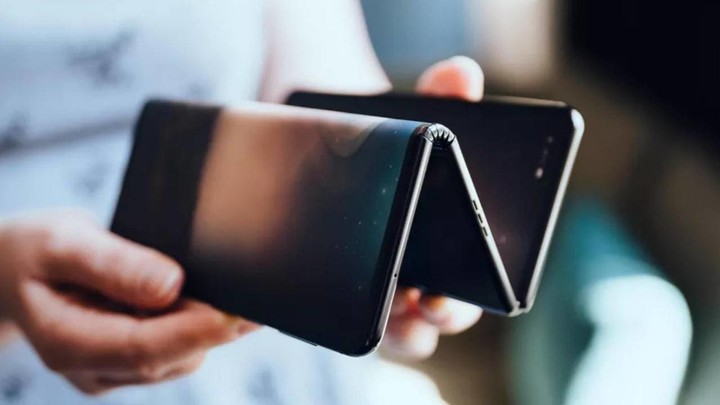
They are as radical as the outside world thinks, using a touch screen that can be folded or unfolded, so that the mobile phone can be turned into a flat plate while taking into account the original size, or the volume can be further reduced by using a folding structure.
However, looking back a year later, these mobile phones, which were claimed to be the future, failed to leave any deep impression on the mass users.
Not only because of the high pricing and low output, the folding screen mobile phone is destined to become a plaything for niche users, but more importantly, people have found many hidden dangers after using the real machine, which also makes the current folding screen mobile phone like a product of trial and error.
Razr released by Motorola at the end of last year also failed to escape the fate of being spit out. This folding screen phone basically retains the design language of Razr V3, such as the classic small chin and flip shape, but it uses a foldable screen inside, which shows a unique retro feeling.
The unique shape has also won a lot of praise from Motorola Razr. Many digital enthusiasts think that it is the best folding screen at present, and the flip shape can further reduce the size of the mobile phone, which is more acceptable to the public than Samsung Huawei’s idea of "turning the mobile phone into a tablet".

Nevertheless, after the aircraft was put on the market, some foreign scientific and technological media gave mixed comments on it.
Among them, the author of Android Central said that although Razr has an amazing design, there is a certain compromise in durability and configuration. For example, after several days of use, the hinge of the machine will make a harsh "squeaking" sound every time it is opened and closed, which sounds very uncomfortable.
In addition, due to its small size, Razr’s experience in battery life and taking photos has not reached the flagship level. Considering its price of $1,500, people should ask for more, but it is obviously untenable to rely on a foldable screen.
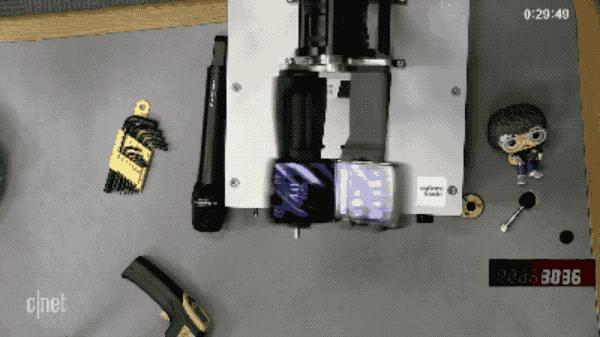
▲ Under CNET’s turnover machine, Razr only persisted for more than 20,000 times before it broke down.
In addition, CNET used a self-made machine to flip Razr. As a result, after 27,000 consecutive flips, Razr had a hinge failure and could not close the screen normally. If it is calculated according to the average frequency of users unlocking their mobile phones every day, then a Razr mobile phone will be "broken" in just one year.
In fact, CNET used the same tool to test the Samsung Galaxy Fold before, and the machine insisted on 120,000 consecutive folds.
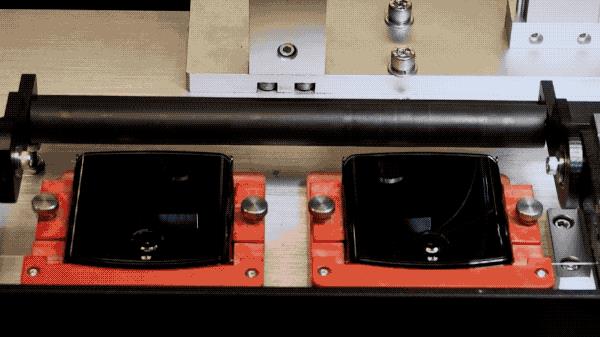
▲ Motorola’s official testing methods are obviously more moderate.
However, Motorola officials do not agree with this result. They said that CNET’s testing method can’t restore the situation of daily use well, but will further accelerate the wear and tear of parts.
Later, Motorola also released a video showing the correct testing methods, hoping to prove that the machine did not "lie" in its service life.

▲ There are many Motorola Razr that have been "played badly" in offline stores abroad.
The worst is yet to come. With the official listing of Razr, many damaged Razr display machines have appeared in major offline stores abroad. For example, Max Weinbach, the author of XDA website, saw a prototype whose screen was stripped off, which was obviously caused by human factors, but it also proved the fragility of the folding screen mobile phone from the side.
Some people also found green stripes on the store trial machine, or encountered the situation that the half screen continued to flicker, which was very similar to the problems encountered by the first batch of Samsung Galaxy Fold. The high probability was the failure of the display screen caused by frequent folding.
In any case, in this new product of Motorola, we still don’t see the possibility of mass production of folding screen mobile phones, but it will further dispel users’ desire to buy.
From the design point of view, there have been several forms of folding screen mobile phones, but at present there is no solution that can completely solve all the hidden dangers.
One is the durability problem, which is also the biggest obstacle for folding screen mobile phones to enter the mainstream market. Although several manufacturers claim that their products can withstand 100,000-200,000 times of opening and closing, screen folding is only one of the scenes in actual use, and people have to consider many factors such as falling resistance, scratch resistance, dustproof and waterproof.

▲ The difference between eversion and eversion structures also leads to different design choices.
The structural differences between eversion and eversion will also lead to different design choices. For example, Samsung Galaxy Fold uses two screens inside and outside, which can really protect the inner screen better. Although Huawei Mate X’s eversion design can balance the thickness and size, the screen is exposed all the year round, and it is difficult to avoid scratches.
On the other hand, because the folding screen mobile phone often adopts the structure of left and right or up and down, it also means that it is difficult to reuse the existing component layout of traditional mobile phones.

▲ Dual battery layout in Samsung Galaxy Fold fuselage
For example, at present, Samsung, Huawei and Motorola basically choose the "double battery power supply" scheme for folding screens. In fact, one battery is placed in the left and right or upper and lower parts of the folding screen mobile phone.
Due to the large size of Samsung and Huawei, the actual battery capacity of both exceeds 4000 mAh, while the small size design like Motorola can only guarantee 2500 mAh battery, and the battery life will naturally decline.

▲ Motorola Razr uses two dynamic brackets at the rotating shaft.
Hinge is also a technology that folding screen mobile phones have to ignore. When the screen is frequently folded and squeezed, it is not only the screen that is lost, but also the life of the mechanical hinge.
At present, Samsung and Huawei have adopted different hinge schemes for folding screen mobile phones, and the gap after folding can be controlled in a small range, but the disadvantage is that users have to use both hands to unfold the mobile phone into a flat state.

At this point, the design of Motorola Razr’s upper and lower flip covers is more humanized. With the help of the hollowed-out part left by the dynamic bracket, Razr solves the crease problem caused by the folding screen under large curvature, and the compact size also allows the user to open/close the flip cover with only one hand.
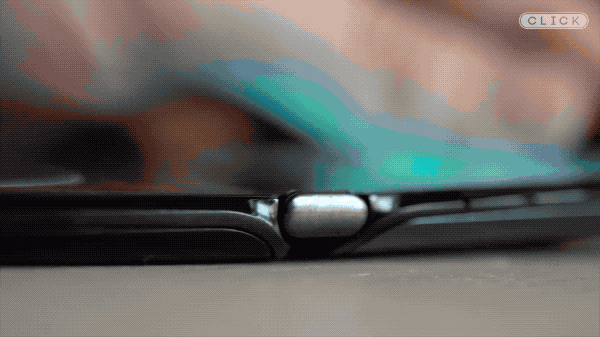
However, the new design also brings new problems. Because of the hollowing out, Razr’s screen is not closely attached to the mobile phone. The BBC showed a detail in the hands-on video, saying that users can easily lift the screen layer of Razr with only one nail hook. At this time, the internal components are completely open to the outside world, which will undoubtedly become the "hardest hit" for all kinds of dust and debris.
One of the reasons why mass consumers are not interested in folding screen mobile phones is the price. Judging from several folding screen mobile phones currently on sale, their official pricing has exceeded 10,000 yuan, which is much more expensive than many mobile phones with the same flagship positioning.
Considering the low yield of folding screen mobile phones and the need to redesign related components, it is understandable to set the price higher. However, if this is just a screen, it is obviously more harmful than good to sacrifice the original experience such as durability and thickness.
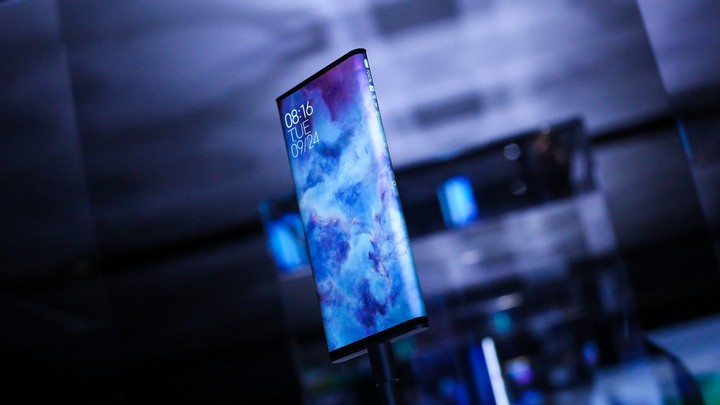
This is also why only a few manufacturers have decided to mass-produce folding screen mobile phones, while some other brands have also shown prototypes, but they have no plans to mass-produce them.
For example, Xiaomi’s MIX Alpha, although this product does not have a "folding" part, but it uses a large bending screen structure, it also needs to use similar technologies as folding screens.
In the original plan, Xiaomi MIX Alpha should have had a small-scale mass production at the end of December last year, but now there is no following. Until today, this mobile phone can only be packaged in the glass cabinet of Xiaomi House, and perhaps even Xiaomi himself is not at ease to hand over such a concept device to consumers.
Walking into 2020, the folding screen mobile phone is about to usher in its first iteration.
The fastest progress should still be Samsung. At today’s Oscar film awards ceremony, Samsung has announced a new generation of folding screen mobile phone Galaxy Z Filp in advance through TV advertisements.
Different from last year’s Fold, this time Samsung chose a clamshell design similar to Motorola Razr, which should get a better experience in a thinner volume.

At the same time, there are some rumors about the upgraded version of Huawei Mate X. It is reported that the aircraft will be equipped with a new Kirin 990 chip, but it will continue the everted structure.
Earlier, Gao Dongzhen, president of Samsung Mobile, also revealed in an interview with the media that the sales volume of Samsung Galaxy Fold should be around 400,000-500,000 units, while Huawei Mate X, which is only sold in China, shipped around 100,000 units in the first month after its launch.
There is no doubt that in the face of current pricing and product maturity, Samsung and Huawei will obviously not hold the sales target of millions of orders to produce folding screen mobile phones. At least until the hidden problems mentioned above are solved, the traditional flat mobile phone will still occupy the main position.
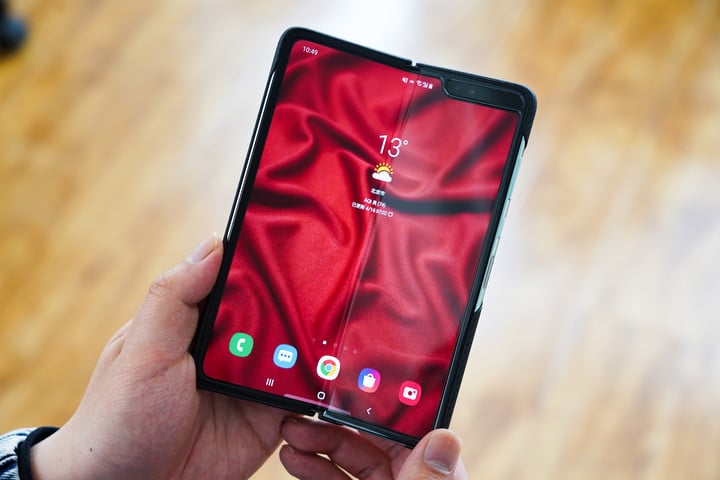
This is the same as the curved screen mobile phone of that year. If the folding screen mobile phone wants to become a new star product, it still needs to wait for the gradual iteration of screen and hinge technology and the cost reduction of the upstream supply chain when it develops to a more mature stage.
A similar development path can refer to Samsung’s curved screen technology. Although as early as 2013, Samsung has released the first mobile phone Galaxy Round with curved screen design, at this time, Samsung’s flagship is still a flat screen mobile phone.
It was not until the Galaxy S8 series in 2017 that Samsung really let the flat screen completely withdraw from the flagship camp and fully applied the dual curved surface screen to its flagship machine. In the past two years, with the decline of cost, Samsung is not the only mobile phone with curved screen design.
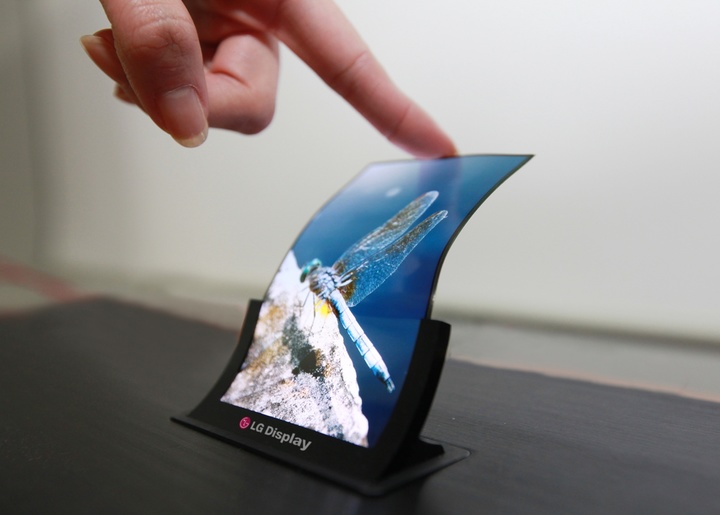
However, what is certain is that the folding screen will definitely not become a short-lived design like the lifting camera. After all, technology suppliers such as Samsung obviously value not only the category of smart phones, but the folding screen technology itself.
As the carrier of information, people are still obsessed with making the screen as thin as paper, and it can be rolled up and taken away like files and newspapers, which makes "folding" an inevitable stage in the development of screen technology.
Therefore, even if the folding screen mobile phone cannot become a decent business, the research and development related to folding screen will continue to progress.
As long as the material and structure constraints can be solved, the future display screen will not only appear on electronic products, but also be further extended to the surfaces of various objects, which is suitable for more equipment and scenes.
Title map source: Bloomberg





